Discover 11 hidden attractions, cool sights, and unusual things to do in Bloemfontein (South Africa). Don't miss out on these must-see attractions: National Women's Monument, Queen's Fort Military Museum, and Anglo-Boer War Museum. Also, be sure to include National Museum in your itinerary.
Below, you can find the list of the most amazing places you should visit in Bloemfontein (Free State).
Table of Contents
National Women's Monument
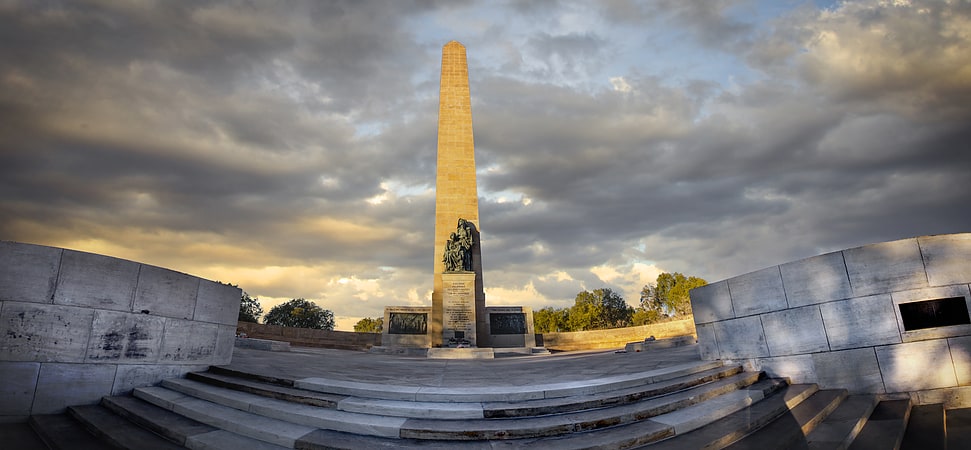
Also known as: Nasionale Vrouemonument
Monument in Bloemfontein, South Africa. The National Women's Monument in Bloemfontein, South Africa, is a monument commemorating the roughly 27,000 Boer women and children who died in British concentration camps during the Second Boer War. The Monument is a Provincial Heritage Site in the Free State.
The monument was designed by a Pretoria architect, Frans Soff, and the sculpting by Anton van Wouw. It consists of an obelisk about 35m in height and low, semi-circular walls on two sides. A central bronze group, sketched by Emily Hobhouse and depicting her own experience of 15 May 1901, is of two sorrowing women and a dying child in the Springfontein camp. The monument was unveiled on 16 December 1913, attended by about 20,000 South Africans. Thirteen years later, Emily Hobhouse's ashes were ensconced at the foot of the monument. Also beside the monument are the graves of Christiaan de Wet, Rev. John Daniel Kestell, President of the Orange Free State Martinus Steyn, and his wife.[1]
Queen's Fort Military Museum
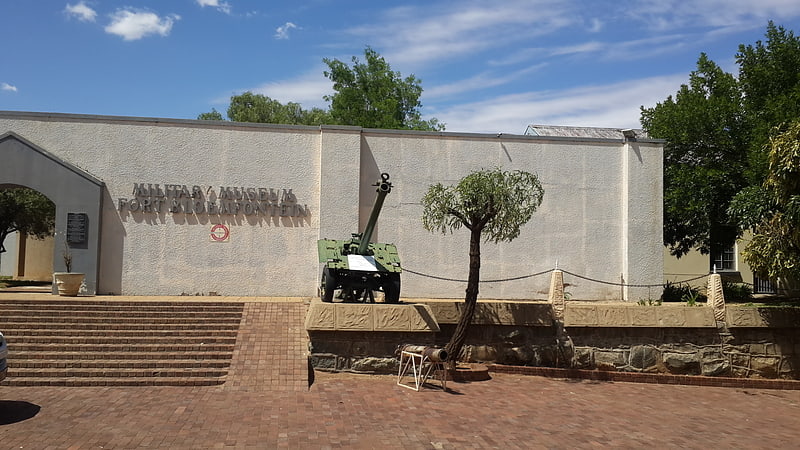
Queen's Fort Military Museum is a museum in Bloemfontein, South Africa, which depicts all major wars in the Free State from the 1800s. The building was erected in 1848 and put to use for the first time in 1849. Along the years, it has been used as military headquarters, a hospital, an asylum or mental institution, and a prison.[2]
Address: 116 Church Street, City Centre, Free State, 9301 Bloemfontein
Anglo-Boer War Museum

Museum in Bloemfontein, South Africa. The Anglo-Boer War Museum in Bloemfontein is the only museum in the world dedicated solely to the Anglo-Boer Wars of 1899 to 1902. The museum has a unique art collection, dioramas and exhibits but also brings the visitor closer to understanding the background against which the war took place. The National Women's Monument is at the same location.[3]
Address: Monument Rd, 9301 Bloemfontein
National Museum
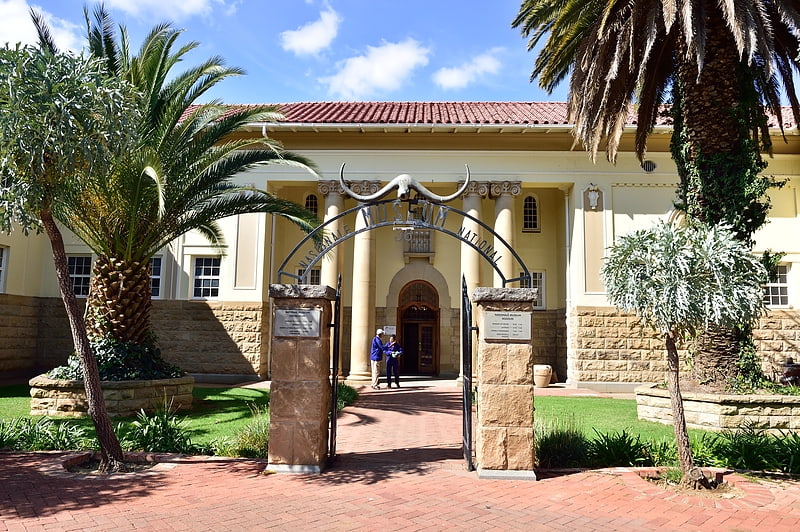
Museum in Bloemfontein, South Africa. The National Museum in Bloemfontein dates back to the 1870s, when its collections and displays comprised mainly rarities from around the world. It was established on 20 July 1877 and opened to the public on 20 May 1878. The old Raadsaal building was made available by the then Free State Volksraad for hosting the Museum collections. A new museum building was completed in 1913 and the official opening took place in 1915. Since 1881 the museum has been subsidised mainly by government. Through donations, purchases and exchange agreements the Museum’s collections slowly got established and grew to a wide variety of natural and human science artefacts.
The first honorary curator was Dr Hugh Exton. The first director, Dr E.C.N. van Hoepen, was appointed in January 1922. Staff numbers increased from six permanent members in 1951 to 130 members in 1985.
Since its founding the Museum has developed into an institution of international stature, focusing on natural history, cultural history and art. Intensive research is carried out in these varied disciplines, and valuable and important collections have been established. Through its displays and education programmes, the Museum renders a public service to its diverse audiences, engaging them in enjoyable and enlightening experiences and enriching the learning opportunities of all individuals.
The Museum currently includes 13 research departments (both Natural Sciences and Human Sciences), an Art Museum, Education Department, Information Services section / Library, an Administration section, and two technical departments..
Satellites to the National Museum are Oliewenhuis Art Museum, Freshford House Museum, The First Raadsaal and Wagon Museum, as well as Florisbad Quaternary Research Station.
On 19 July 1985 Oliewenhuis was handed over to the National Museum to be developed into an art museum. Oliewenhuis was erected in 1941 as residence of the Governor-General of the Union of South Africa. Oliewenhuis Art Museum collects exclusively South African art and its collection consists of paintings, sculpture and graphic art. The pride of the collection is the Pierneef paintings, and the paintings of Bloemfontein done by Thomas Baines in 1851.
Florisbad is an internationally important fossil locality which has produced an archaic modern human skull in addition to valuable archaeological and palaeontological material. In 1912 an earthquake opened up a new spring at the Florisbad mineral spring, and fossil bones and stone artefacts were brought to the surface with the water. In 1932 the well known Florisbad human cranium was discovered. In 1980 Florisbad was bought by the South African Government for research purposes and was placed under the administration of the National Museum, Bloemfontein.
Freshford is one of the few houses of the Edwardian period that still exists in Bloemfontein. The house was designed and built by the architect, John Edwin Harrison. Freshford House was completed in 1897. The house was acquired by the National Museum in 1982, restored to its former glory and was opened in 1986.
The First Raadsaal was built by Maj. H.D. Warden, as a typical South African pioneer's building in 1849. It was the first school building north of the Orange River. It served as a church until 1852 and it was used by the Legislative Council of the Orange River Sovereignty and the Orange Free State Republic as Assembly Hall and offices. When the Assembly moved to larger premises the building reverted to its use as a school, which it remained until 1877. In that year it housed the newly established National Museum. In 1975 the old Raadsaal was once again vacated and transferred to the National Museum.
The Wagon Museum is situated on the same premises as the First Raadsaal Museum. It houses a collection of historical wagons and carriages.[4]
Address: 36 Aliwal Street, 9301 Bloemfontein
Old Presidency
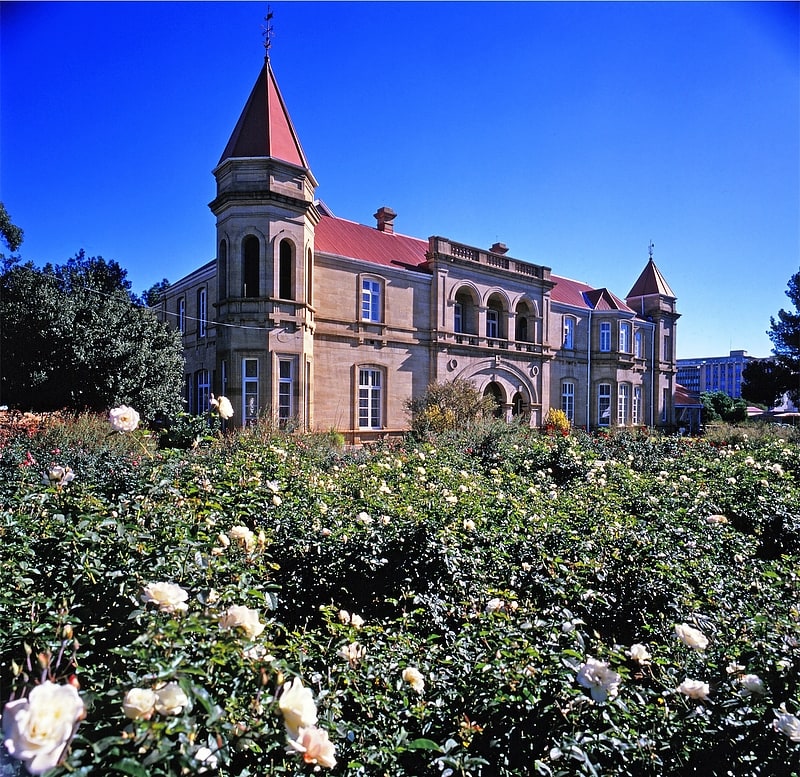
Museum in Bloemfontein, South Africa. The Old Presidency or Ou Presidensie is a museum, art gallery and theatre in the city of Bloemfontein, South Africa, located on President Brand Street in the heart of the city. The former residence of the President of the Republic of the Orange Free State from 1886 until 1899 when the city fell to the British Empire during the Second Anglo-Boer War.[5]
Address: Pres. Brand Street, Bloemfontein
SA Armour Museum
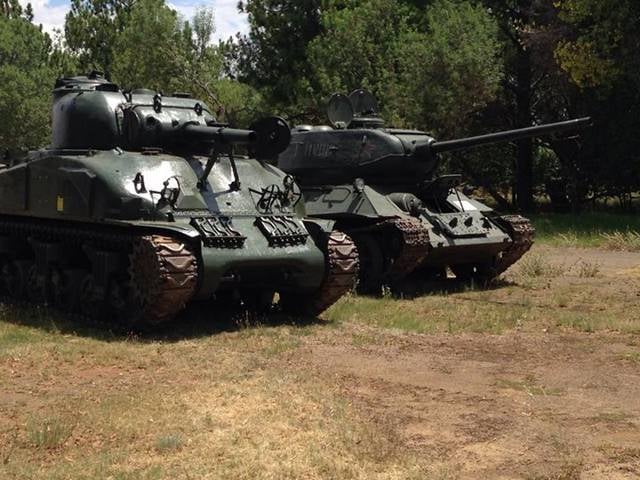
Museum, Military museum
Address: Frans Steynberg Street, 9301 Bloemfontein
Westdene Park Market

Relax in park, Park
Address: Brill Street, Westdene, Bloemfontein
Modenso Park
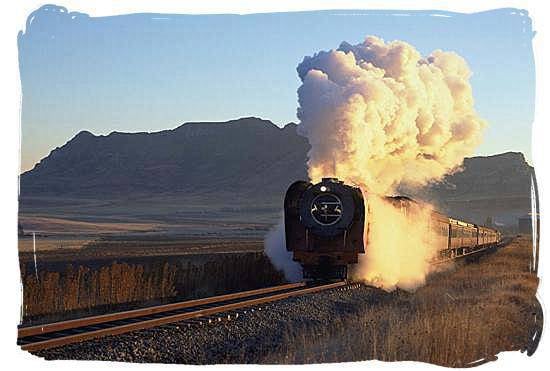
Relax in park, Park
Address: Rhyn Ave, Bloemfontein
University of the Free State
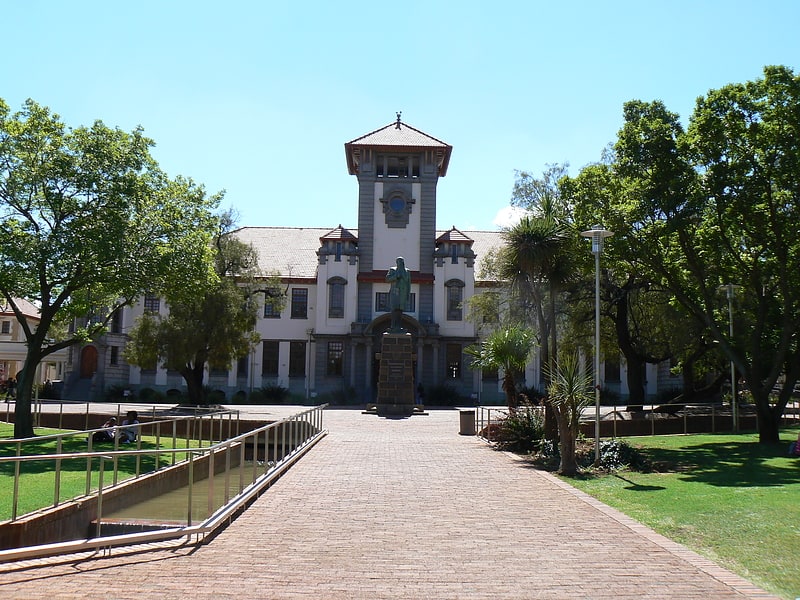
Also known as: Universiteit van die Vrystaat
Public university in Bloemfontein, South Africa. The University of the Free State is a multi campus public university in Bloemfontein, the capital of the Free State and the judicial capital of South Africa. It was first established as an institution of higher learning in 1904 as a tertiary section of Grey College. It was declared an independent Afrikaans-language university in 1950 and the name was changed to the University of the Orange Free State. The university has two satellite campuses. Initially a whites-only precinct, the university was fully de-segregated in 1996. The first black university vice-chancellor was appointed in 2010.[6]
Address: 205 Nelson Mandela Dr, Bloemfontein
Boeremark
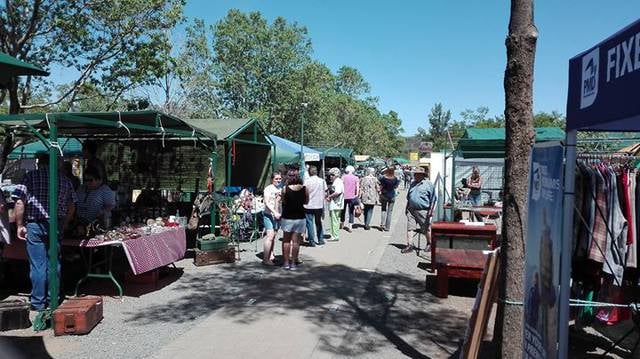
Shopping, Market
Address: 22 Elias Motsoaledi Street, Langenhovenpark, Bloemfontein
Oliewenhuis Art Museum
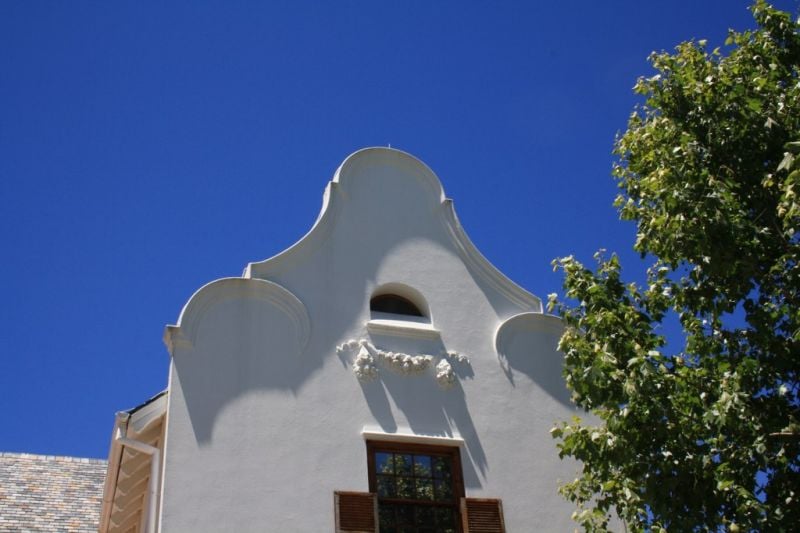
Museum